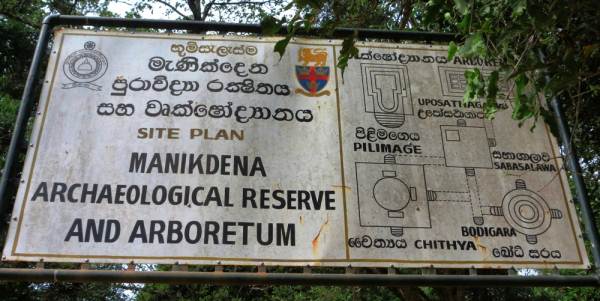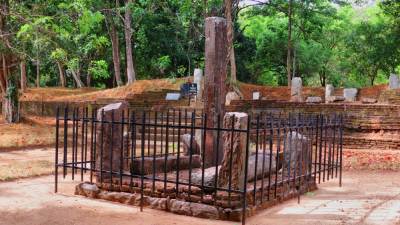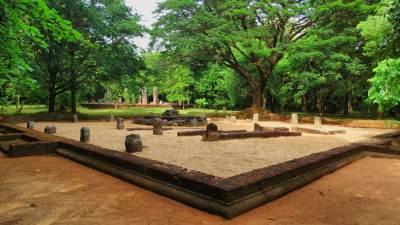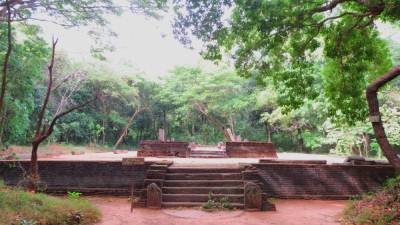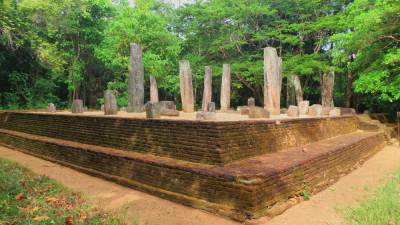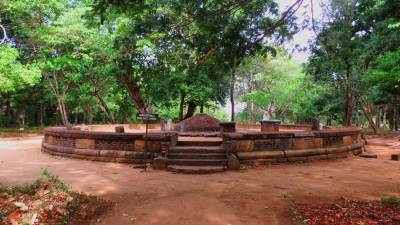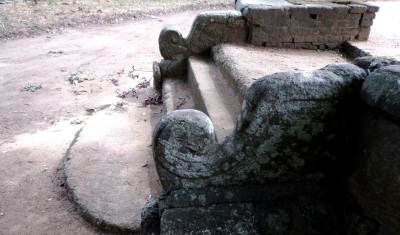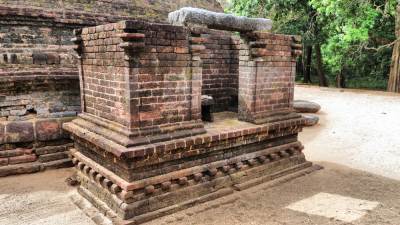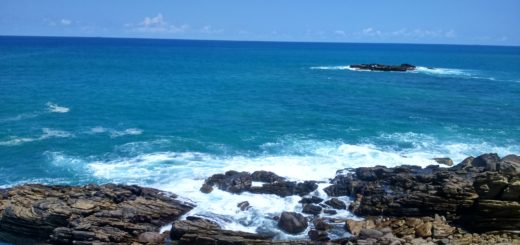Manikdena Historical Site & Nature Reserve
by Jetwing · Published · Updated
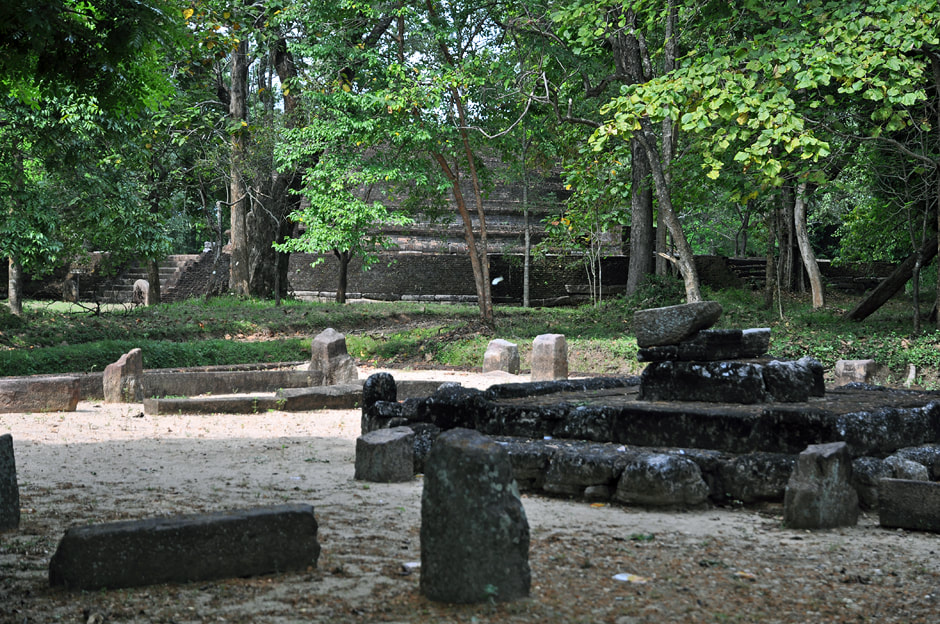
Manikdena is an archaeological site in Sri Lanka’s central province. The historical site is located in a quiet village and is frequently visited. The majority of visitors are Sri Lankans, and it is not a popular destination among foreigners.
For most of the Anuradhapura period (555-573 AD), it was known as Manikdena Pabbata, while during King Kitsiri Mevan’s reign, the Buddhist temple complex was known as Buddharatagma and Butgama. In Manikdena, you’ll find a rare blend of nature, history, and religion. It is not only an important historical site but also a popular religious site in Sri Lanka. King Kitsiri Mewan, according to legend, is credited with founding this historical monastery complex. Manikdena temple was once one of several places where Buddha’s tooth relic was stored.
King Vijayabahu’s army camped in the historical temple for a short period (1055-1110 AD). Based on the historical record, a large number of monks lived there, and many successful rulers provided state patronage. This is where Sri Lanka’s last Arahat lived. When the monk died, his body was placed in a beautifully gem-studded coffin and buried. The name “Manikdena” refers to the coffin decorated with gemstones.
Constructions of all kinds were found during the excavation. In addition to Bodhigara, Dagobas and chapter houses were discovered. Previously, the Dagoba of Manikdena was known as Bojjan Vehera and was surrounded by a Bodhigara.
The dagoba had two entrances made of granite. Dagoba is 30 feet tall and 6 feet in diameter. It is shaped like a bubble. The entrance of Dagoba has two limestone guard stones. Buddha’s footprint and two Buddha statues in meditation can also be seen here.
The chapter house was a four-story structure that was an important part of the temple. Over the centuries, it has diminished to the point where it now consists of only stone pillars.
Natural value is added to the site by the Menikdena sanctuary. Trees and shrubs cover a large portion of the reserve. The reserve’s biodiversity is considered to be high for its small size. The reserve is home to a large number of animals, including deer, wild boar, and civets, as well as several butterfly species, birds, and vertebrates. The Na-Tree dominates the forest, which is an important nature reserve with a variety of medicinal plants (Mesua nagasurium). Peradeniya University helped identify and properly name the flora in the forest reserve, which consists of endemic, introduced, and native species.
The most convenient route is the Dambulla-Matale main road, but there are other routes as well. The archaeological site is only two kilometres away from Manikdena Junction. From Colombo, it takes about four hours to get to the Manikdena archaeological site.

